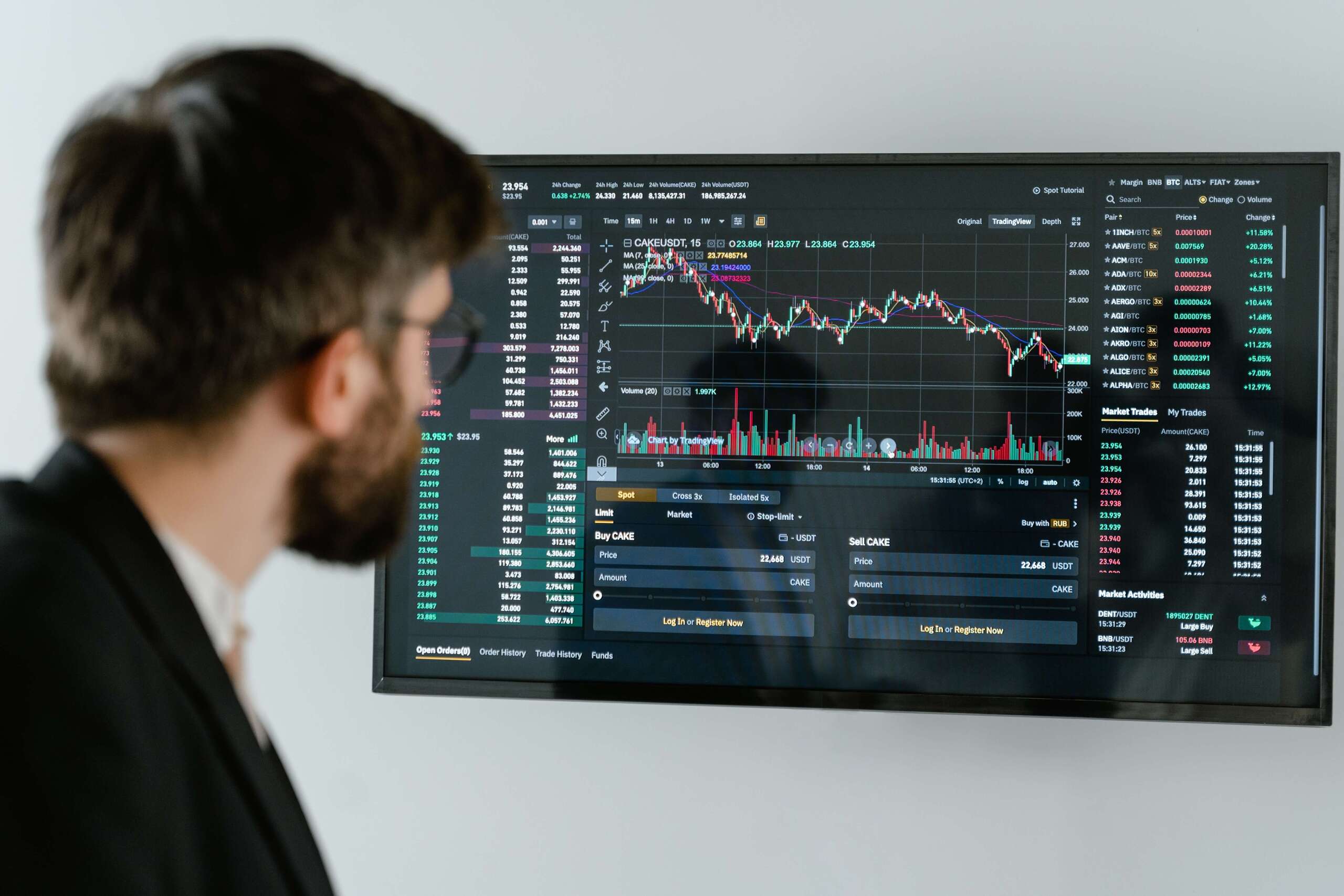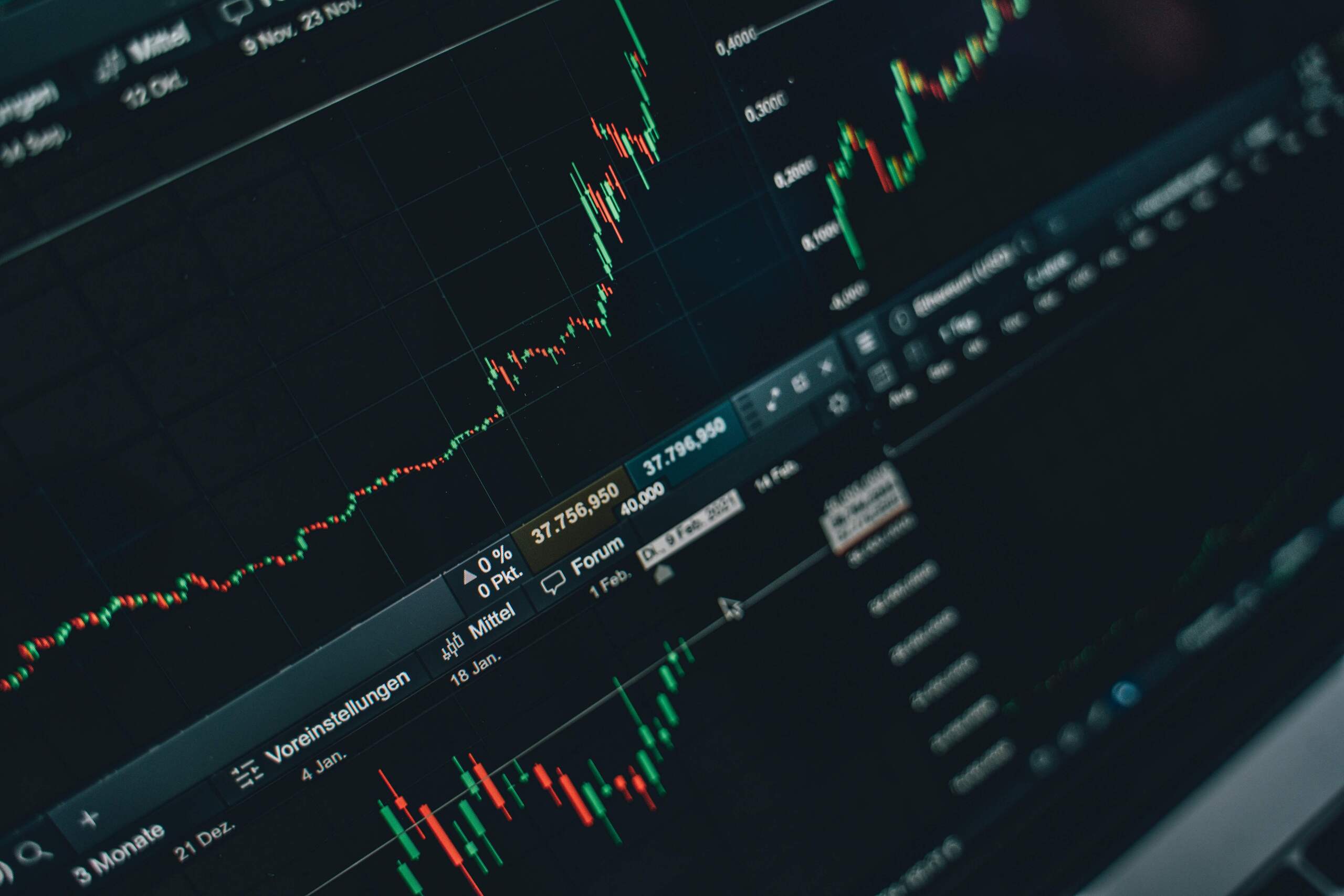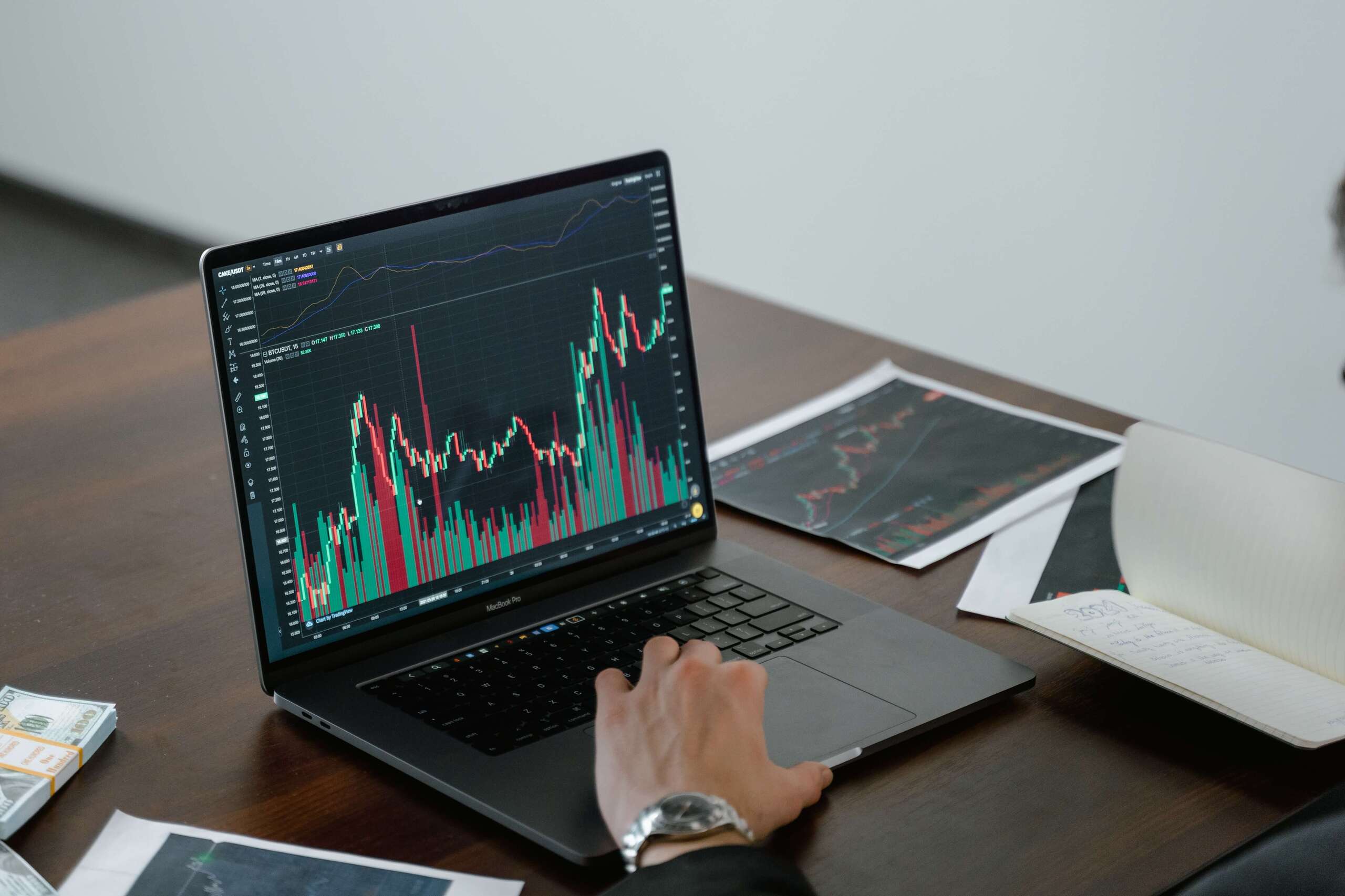Day trading involves opening and closing positions within the same day, using leverage and technical analysis to profit from short-term price movements. Day trading can occur in various markets, such as stocks, options, futures, commodities, and Forex.
But do you need $25,000 to day trade forex? The answer is no. Unlike the stock market, where the Financial Industry Regulatory Authority (FINRA) requires a minimum of $25,000 equity to day trade a margin account (also known as the pattern day trading rule), there is no such requirement for forex trading.
With some brokers, you can start day trading Forex with as little as $100 or even less.
However, just because you can start day trading Forex with a small amount of money does not mean you should. There are several factors to consider when determining how much money you need to day trade forex successfully and safely. These factors include:
Your Broker
Your broker is the intermediary that connects you to the forex market and provides you with the platform, tools, and services to execute your trades. Your broker also determines the minimum deposit requirement, the leverage ratio, the spread, the commission, and other fees that affect your trading costs and profits.
Therefore, a reliable and regulated broker is crucial for day trading forex. You should look for a broker that:
- Is authorized and regulated by a reputable authority, such as the Financial Conduct Authority (FCA) in the UK or the Australian Securities and Investments Commission (ASIC) in Australia, which ensures that the broker complies with strict rules and standards regarding client protection, fair pricing, execution quality, and anti-money laundering policies.
- It offers a minimum deposit requirement, preferably $100 or less, so you can open an account with your budget and start trading without risking too much money.
- Offers a high leverage ratio, preferably 1:30 or more, to increase your trading exposure and potential profits with a small account. However, leverage increases your risk of losing money rapidly, so you should use it wisely and cautiously.
- Offers a low spread, preferably 0.5 pips or less, on major currency pairs so that you can reduce your trading costs and increase your profit margin. The spread is the difference between a currency pair’s bid and ask prices, representing the cost of trading.
- Offers a low or zero commission on all trades, preferably 0% or less, so you can avoid paying extra fees for opening and closing trades. The commission is the fee that the broker charges for providing its services.
- Offers a variety of currency pairs to trade, preferably more than 100 pairs, including majors, minors, exotics, and crosses, so you can diversify your trading portfolio and take advantage of different market opportunities.
- Offers a user-friendly and secure platform to trade on, preferably MetaTrader 4 (MT4) or MetaTrader 5 (MT5), the most popular and widely used platform in the forex industry. They offer advanced features and tools for technical analysis, charting, indicators, signals, automated trading, etc.
Some brokers that meet these criteria are Pepperstone1, IG2, eToro3, FOREX.com2, etc.

Your Trading Strategy
Your trading strategy is the plan that guides your trading decisions and actions. It defines what currency pairs to trade when to enter and exit trades, how much to risk per trade, and how to manage your trades. Your trading strategy should reflect your style, preferences, and goals.
Therefore, developing and following a clear and consistent trading strategy is essential for day trading forex. You should look for a trading strategy that:
- It suits your trading style, whether you are a scalper, a day trader, a swing trader, or a position trader. Each style has different time frames, frequency, and duration of trades and requires other skills and tools.
- It is based on your preferred analysis method, whether you use technical analysis, fundamental analysis, or both. Each method has different advantages and disadvantages and relies on other sources of information and indicators.
- It is tested and proven to work in various market conditions, whether the market is trending, ranging, volatile, or calm. Before applying it to real money accounts, you should backtest and forward-test your strategy using historical data and demo accounts.
- It is flexible and adaptable to changing market situations, whether the market is affected by news events, economic data releases, political developments, or other factors. You should monitor and review your strategy regularly and make adjustments as needed.
Some examples of trading strategies you can use or modify for day trading forex are the moving average crossover strategy, the Bollinger bands strategy, the MACD divergence strategy, the Fibonacci retracement strategy, etc.
Your Risk Management
Your risk management is identifying, measuring, and controlling the risks involved in day trading forex. It sets your risk parameters, such as stop-loss and take-profit levels, position size, risk-reward ratio, and maximum drawdown.
Therefore, applying proper risk management is crucial for day trading forex. You should look for a risk management system that:
- It is aligned with your trading strategy to protect your capital and lock in your profits according to your trading signals and market conditions.
- It is based on risk tolerance, so you can trade confidently and comfortably without being too fearful or greedy.
- Is consistent and disciplined so that you can follow your rules and avoid emotional and impulsive decisions that can ruin your account.
Some examples of risk management techniques that you can use or adapt for day trading forex are the 1% rule, the 2% rule, the Kelly criterion, the Martingale system, etc.
Your Expectations
Your expectations are the outcomes that you anticipate or hope for from day trading forex. They include your profit goals, time horizon, performance indicators, and satisfaction level.
Therefore, setting realistic and achievable expectations is essential for day trading forex. You should look for expectations that:
- Are based on your trading strategy so that you can measure and evaluate your results according to your plan and criteria.
- Are based on your risk management so that you can balance your potential returns and losses according to your risk parameters.
- Are based on your trading experience so that you can improve your skills and knowledge as you progress and learn from your mistakes.
Some examples of expectations that you can set or adjust for day trading forex are a monthly return of 5%, a maximum drawdown of 10%, a win rate of 60%, a risk-reward ratio of 2:1, etc.
Conclusion
Day trading forex does not require $25,000 as it does for the stock market. However, it does require a sufficient amount of money to trade successfully and safely. The amount of money you need depends on various factors, such as your broker, trading strategy, risk management, and expectations.
While there is no definitive answer to how much money you need to day trade forex, a general rule of thumb is to start with at least $500 to $1,000. This will allow you to trade with reasonable position sizes and leverage ratios while keeping your risk within acceptable limits.
Day trading forex is not a get-rich-quick scheme but a long-term investment that requires patience, perseverance, and practice. If you are ready to day trade forex with a reasonable amount of money, we wish you good luck and happy trading!









